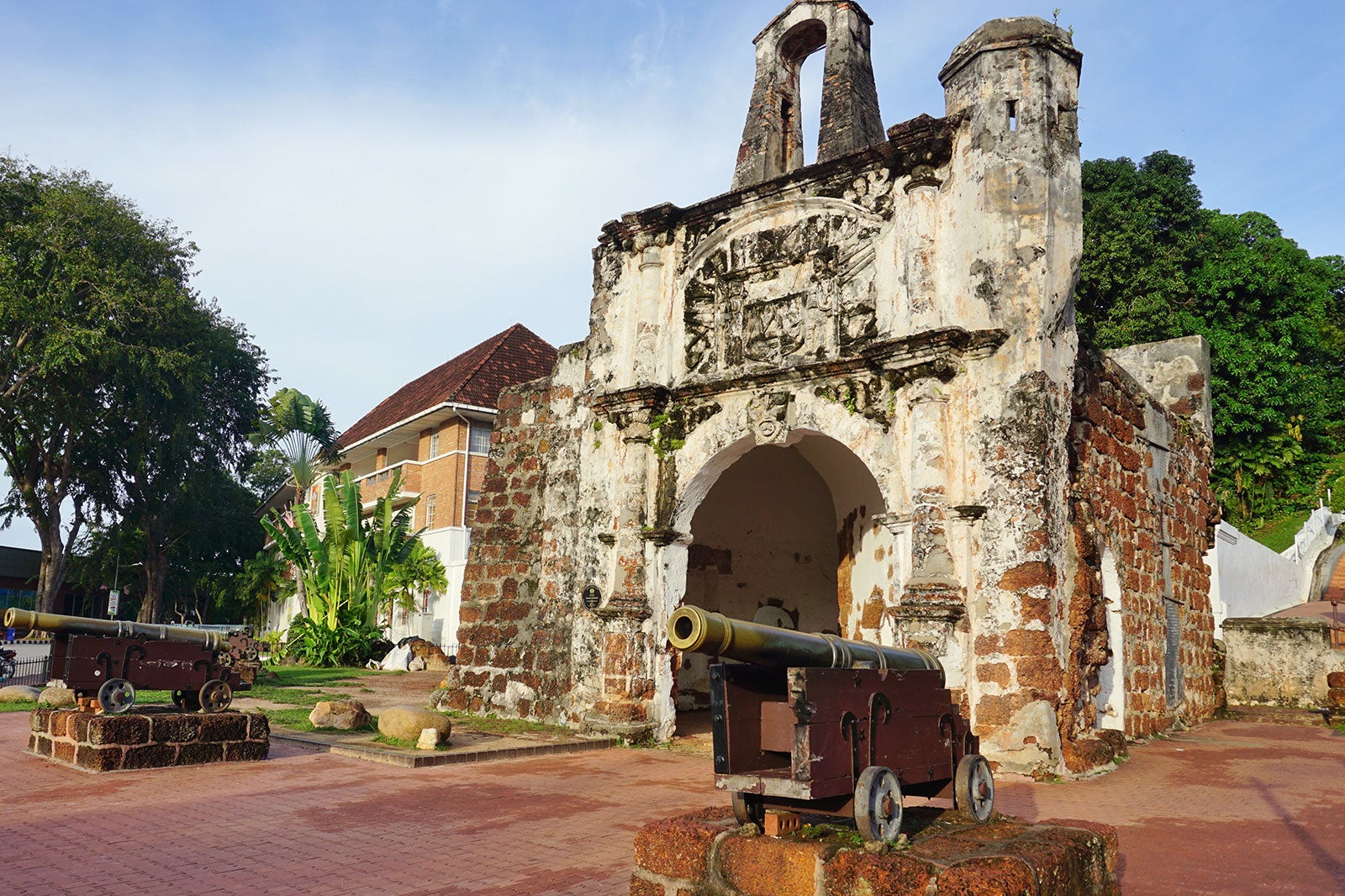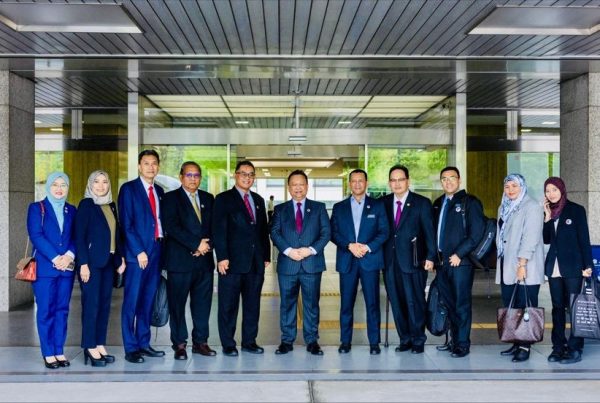
As commonly understood, Malaysia experienced colonisation and the depletion of its natural riches by various European nations. It also faced the intrusion of Japanese forces during World War II alongside European colonial influence. This colonisation resulted in the establishment of numerous colonial edifices spanning that era. The left-behind captivating and age-old colonial architectural marvels of Malaysia will transport us back in time, giving us a little look at the past.
Interestingly, we have many physical remnants of the historical events which have taken place in our home country that are still well-preserved to this day. The structure known as A’Famosa, translating to “The Famous” in Portuguese, is situated in Malacca and was constructed by the Portuguese Empire in 1511. It stands as one of the oldest surviving remains of European architectural influence in Southeast Asia.
Recognised as Porta de Santiago, the sole enduring segment of the fortress is a gatehouse that offers an ideal spot for photography. Its dilapidated state serves as a testament to its historical background, having once housed various Portuguese administrative figures.
Once used to be a fortress of 3-metre thick walls and a 40-metre watchtower, A’ Famosa stood proudly in our homeland, assuming a significant role in protecting the Portuguese in the face of war. However, we can witness one portal today, in which the other three were destroyed before the British took the nation over as a strategy to lose the army, a mighty fortress. The A’Famosa fortress was powerfully built, and the man labour was not enough to destroy it; they eventually had to rely on using gunpowder.
Numerous historical buildings from years ago other than A’Famosa have become the main benchmarks of Malaysia’s modern, contemporary architecture and influences. As many of them were used to protect and house people during the war, up until now, we get to discover the basis of sturdy construction and good-quality architecture for industrial implementation in the future.















